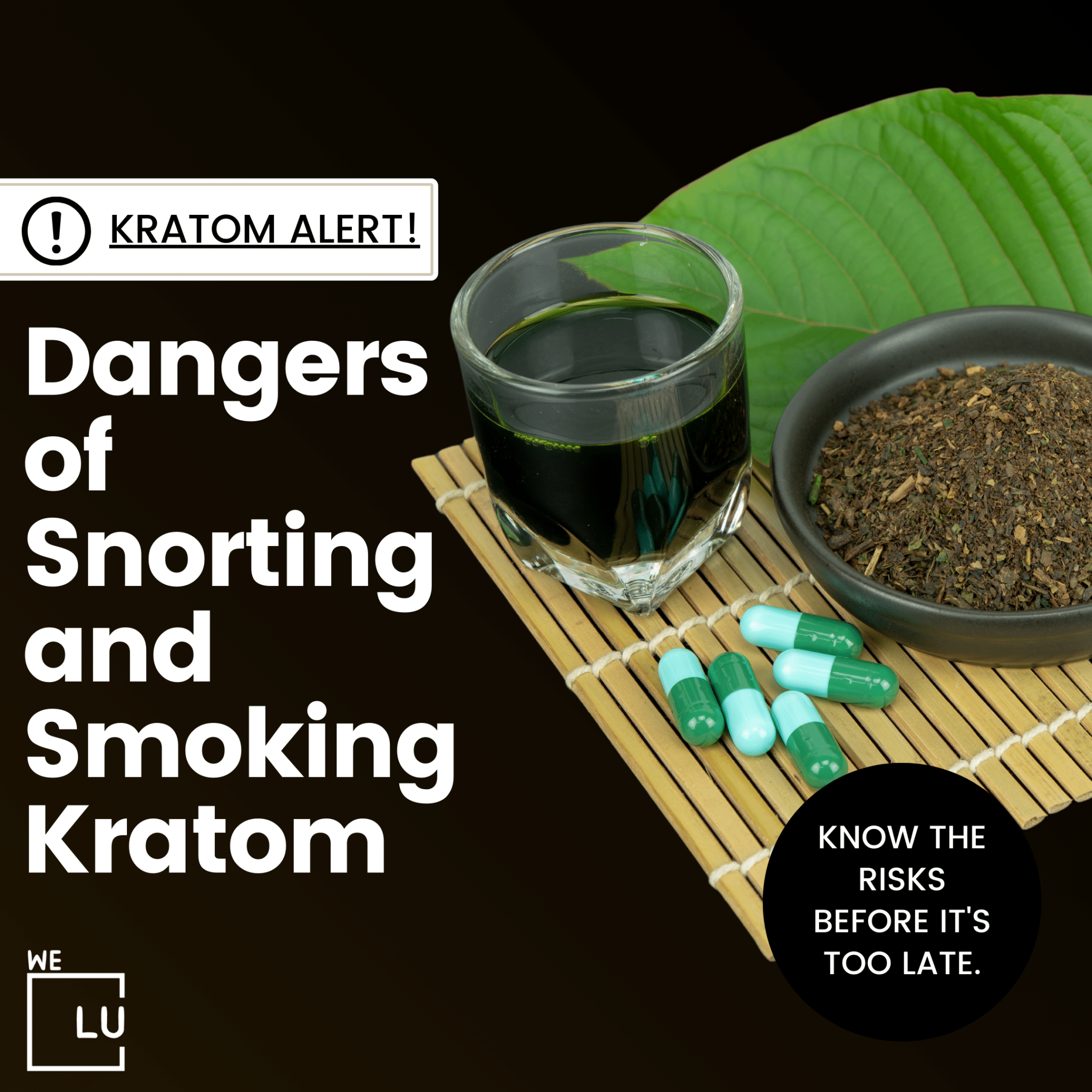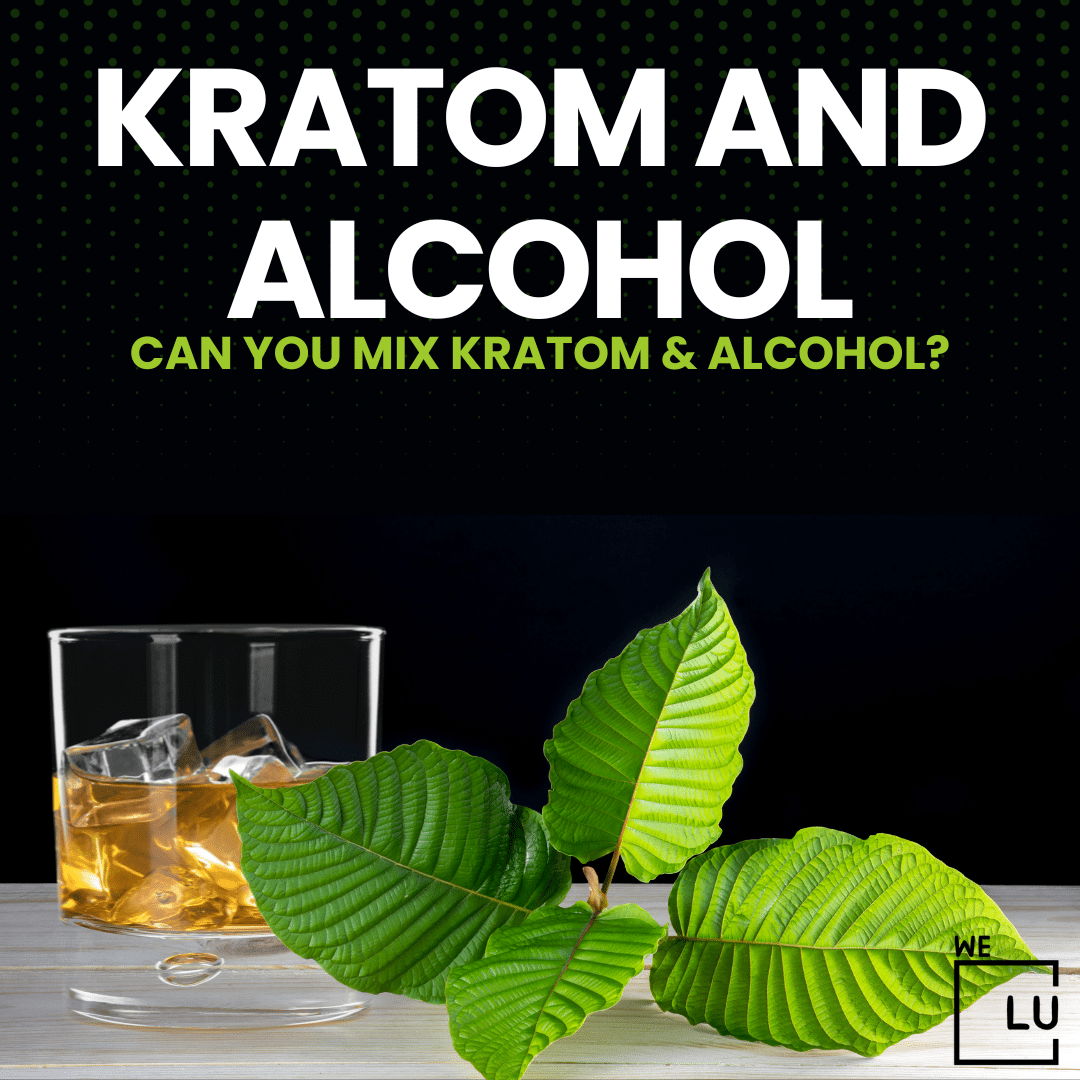The misuse of cocaine, often through the act of snorting, is driven by circumstances that compel individuals to seek the intense euphoria and increased energy associated with this powerful stimulant. Cocaine misuse can stem from a desire to escape reality, enhance social experiences, or cope with stress. Unfortunately, the temporary pleasure derived from cocaine comes at a high cost, with a plethora of physical, mental, and social consequences. Read on to learn more about snorting cocaine and the risks associated with it.
If you or someone you know is struggling with cocaine misuse or addiction, call We Level Up CA today, and let us provide the support and guidance needed to overcome the challenges of cocaine addiction. Your call is free and confidential.
What Is Cocaine?
Cocaine is a powerful stimulant drug that comes from the leaves of the coca plant, which is native to South America. The active ingredient in cocaine is cocaine hydrochloride. Indigenous people in the Andes have been chewing coca leaves for thousands of years for their stimulant effects and to help cope with high-altitude conditions.
Cocaine is a central nervous system stimulant, and it produces a temporary increase in energy, alertness, and euphoria. However, it is also highly addictive and can have serious health consequences. The drug is illegal in many countries due to its potential for abuse and the associated health risks.
Regular use of cocaine can lead to addiction, as well as a range of physical and mental health issues. These may include cardiovascular problems, respiratory issues, anxiety, paranoia, and cognitive impairments. Cocaine abuse can also have significant social and economic consequences for individuals and communities.
Can You Snort Cocaine?
One standard method of using cocaine is by snorting it. Cocaine is often found in a white, crystalline powder form, and individuals may inhale it through their nostrils. The drug is absorbed through the nasal mucous membranes and enters the bloodstream, leading to the rapid onset of its stimulant effects.
What Is The Difference Between Snorting And Other Methods Of Use
Cocaine can be used in various ways, and the method of use can influence the intensity and duration of its effects, as well as the associated health risks. Here are some standard methods of using cocaine and their differences:
- Snorting (Intranasal):
- How it’s done: Cocaine powder is typically divided into lines and snorted through the nostrils.
- Effects: The onset of the impact is relatively quick, usually within a few minutes, and can last 15 to 30 minutes.
- Risks: Nasal damage, including irritation, nosebleeds, and damage to the nasal septum, is a common risk. It also carries the potential for addiction and other health consequences.
- Smoking (Freebasing or Crack Cocaine):
- How it’s done: Cocaine can be chemically processed into a smokable form known as crack cocaine. Freebasing involves converting cocaine hydrochloride into a more volatile base form for smoking.
- Effects: Smoking provides a rapid onset of intense euphoria, but the effects are relatively short-lived, lasting around 5 to 10 minutes.
- Risks: Smoking cocaine can lead to respiratory issues, including lung damage. Crack cocaine, in particular, is associated with a higher risk of addiction.
- Injecting (Intravenous):
- How it’s done: Cocaine can be dissolved in water and injected directly into the bloodstream with a needle.
- Effects: Injection produces an almost immediate and intense euphoria, with effects lasting shorter than other methods.
- Risks: Injecting cocaine poses serious health risks, including the potential for infectious diseases (e.g., HIV, hepatitis), vein damage, and a higher risk of overdose.
- Oral Ingestion:
- How it’s done: Cocaine can be ingested orally, although this method is less common.
- Effects: Onset is slower than other methods, and the effects are less intense. The duration may be longer, but it varies.
- Risks: While oral ingestion may reduce some risks associated with other methods, it still poses health risks, including cardiovascular effects and the potential for addiction.
All forms of cocaine use carry risks, including the potential for addiction, health complications, and legal consequences. Seeking professional help and support is essential for those struggling with cocaine use or addiction.

Skip To:
Learn More:
- What Is Crack? Differences Between Cocaine and Crack.
- What Is Coke Nose? Cocaine Nose And Other Nose Damage From Cocaine
- Coke Bloat, Specifics, Management, Cocaine Addiction & Medical Treatment
- What Does Cocaine Smell Like? Identifying Cocaine
- Fake Cocaine, The Dangers of Synthetic Cocaine
- What is Pink Cocaine? What is it, and Why is 2C-B Harmful
- Can You Eat Cocaine? Can You Get High From Eating Cocaine?
Dangers Of Snorting Cocaine
However, it’s important to note that snorting cocaine can have various health risks and consequences. The drug’s stimulant properties can lead to short-term effects such as increased energy, alertness, and euphoria. On the other hand, it can also cause adverse side effects, including:
- Nasal damage: Repeated snorting of cocaine can damage the nasal septum and mucous membranes, leading to nosebleeds, loss of sense of smell, and other nasal issues.
- Respiratory problems: Cocaine can irritate the respiratory system, causing coughing, wheezing, and other respiratory issues.
- Cardiovascular issues: Cocaine is known to increase heart rate and blood pressure, which can pose serious risks, especially for individuals with pre-existing cardiovascular conditions.
- Addiction: Cocaine is a highly addictive substance, and frequent use can lead to dependence and addiction.
- Psychological effects: Cocaine use can also have adverse psychological effects, including anxiety, paranoia, and impaired cognitive function.
Additionally, the legal and social consequences of using cocaine can be severe, as the drug is illegal in many places.

Get Your Life Back
Find Hope & Recovery. Get Safe Comfortable Detox, Addiction Rehab & Dual Diagnosis High-Quality Care.
Hotline (855) 695-1160Cocaine Misuse
Cocaine is commonly abused by snorting, smoking, or injecting it. When ingested, it interferes with the reuptake of neurotransmitters such as dopamine, norepinephrine, and serotonin in the brain, leading to increased levels of these chemicals in the synapses. This heightened neurotransmitter activity contributes to the drug’s stimulant effects.
Cocaine is a powerful stimulant, and misuse can have significant physical, psychological, and social consequences.

- Recreational Use: Many individuals misuse cocaine for its stimulant effects, seeking the intense feelings of euphoria, increased energy, and heightened alertness that the drug can provide.
- Routes of Administration: Cocaine can be misused through various routes of administration, including snorting, smoking (freebasing or crack cocaine), injecting, and sometimes even oral ingestion. Each method has its own set of risks and consequences.
- Addiction and Dependence: Cocaine is highly addictive, and repeated misuse can lead to the development of dependence. Dependence occurs when the body and brain adapt to the presence of the drug, and individuals may experience cravings and withdrawal symptoms when not using cocaine.
- Health Risks: Cocaine misuse is associated with a range of health risks, including cardiovascular issues (e.g., increased heart rate, elevated blood pressure), respiratory problems, nasal damage (in the case of snorting), anxiety, paranoia, and cognitive impairments.
- Social and Legal Consequences: Misusing cocaine can have profound social and legal consequences. Legal penalties for the possession and distribution of cocaine are significant in many jurisdictions. Additionally, cocaine misuse can strain relationships, impact employment, and lead to financial problems.
- Polydrug Use: Cocaine misuse is often associated with polydrug use, where individuals use multiple substances simultaneously. Combining cocaine with other substances, such as alcohol or opioids, can increase the risk of adverse effects and overdose.
- Treatment and Recovery: Overcoming cocaine misuse often requires professional help. Treatment may involve behavioral therapy, counseling, support groups, and sometimes medication to manage withdrawal symptoms and cravings. Individuals need to seek help from healthcare professionals or addiction specialists.
- Harm Reduction: For those who continue to misuse cocaine, harm reduction strategies can help minimize risks. These may include using in the presence of others who can respond in case of an emergency, avoiding risky combinations with other substances, and seeking regular medical check-ups.
Get Help. Get Better. Get Your Life Back.
Searching for an Accredited Drug and Alcohol Rehab Centers in Near You?
Even if you have failed previously and relapsed, or are in the middle of a difficult crisis, we stand ready to support you. Our trusted behavioral health specialists will not give up on you. When you feel ready or just want someone to speak to about therapy alternatives to change your life call us. Even if we cannot assist you, we will lead you to wherever you can get support. There is no obligation. Call our hotline today.
FREE Addiction Hotline – Call 24/7Cocaine Addiction
Cocaine addiction, clinically referred to as cocaine use disorder, is a severe and chronic condition characterized by the compulsive use of cocaine despite adverse consequences. Addiction is a complex disorder that affects both the brain and behavior, leading to an inability to control drug use and a continued pursuit of the drug despite harmful consequences.
- Loss of Control: Individuals with cocaine addiction often find it difficult to control their drug use. They may make unsuccessful attempts to cut down or quit, and the urge to use cocaine can be overwhelming.
- Cravings: People with cocaine addiction experience intense and persistent cravings for the drug. Various stimuli, such as environmental cues or stress, can trigger cravings.
- Compulsive Use: Cocaine addiction is characterized by a pattern of compulsive drug-seeking and drug-taking behaviors. Even when individuals are aware of the negative consequences, they may continue using cocaine.
- Tolerance: With continued use, tolerance may develop, requiring higher doses of cocaine to achieve the desired effects. This can contribute to an escalation of use and an increased risk of adverse health effects.
- Withdrawal Symptoms: When individuals with cocaine addiction reduce or stop their cocaine use, they may experience withdrawal symptoms, which can include fatigue, depression, increased appetite, and intense cravings.
- Negative Impact on Life: Cocaine addiction can have significant negative consequences in various areas of a person’s life. This may include strained relationships, financial difficulties, employment problems, and legal issues.
- Health Risks: Chronic cocaine use can lead to serious health issues, including cardiovascular problems, respiratory issues, and neurological impairments. The risk of overdose is also a concern.
- Dual Diagnosis: Individuals with cocaine addiction often have co-occurring mental health disorders, such as depression, anxiety, or attention-deficit hyperactivity disorder (ADHD).

Treatment for cocaine addiction is available and typically involves a combination of behavioral therapies, counseling, and support groups. In some cases, medications may be used to help manage withdrawal symptoms and cravings. Individuals with cocaine addiction must seek professional help from healthcare providers, addiction specialists, or treatment centers.
Recovery from cocaine addiction is a challenging but achievable process with the proper support and interventions. Treatment approaches are often tailored to the individual’s needs, addressing both the physical and psychological aspects of addiction.
Comfortable Facilities & Amenities
High-Quality Addiction & Mental Health Rehabilitation Treatment
Rehab Centers TourRenowned California Addiction Center. Serene Private Facilities. Inpatient rehab programs vary.
Addiction Helpline (855) 695-1160Proven recovery success experience, backed by a Team w/ History of:
15+
Years of Unified Experience
100s
5-Star Reviews Across Our Centers
10K
Recovery Success Stories Across Our Network
- Low Patient to Therapist Ratio
- Onsite Medical Detox Center
- Comprehensive Dual-Diagnosis Treatment
- Complimentary Family & Alumni Programs
- Coaching, Recovery & Personal Development Events

Can Snorting Cocaine Increase The Risk Of Overdose?
Snorting, or intranasal use, involves inhaling cocaine powder through the nostrils, which is absorbed through the nasal mucous membranes and enters the bloodstream. While snorting is a standard method of cocaine use, it poses specific risks that can contribute to an overdose. Here’s how:
- Dose Control: Achieving precise dose control with cocaine is challenging, as the purity of street cocaine can vary significantly. Users might inadvertently take a higher dose than they intended, increasing the risk of overdose.
- Rapid Onset of Effects: Snorting cocaine results in a relatively rapid onset of effects compared to some other methods. This quick onset can make it easier for users to take additional doses quickly, increasing the overall dose and risk.
- Cardiovascular Effects: Cocaine is known to have cardiovascular effects, including an increase in heart rate and blood pressure. Snorting cocaine can intensify these effects, contributing to cardiovascular complications that may lead to an overdose.
- Nasal Damage: Chronic snorting of cocaine can lead to nasal damage, including irritation, nosebleeds, and perforation of the nasal septum. The compromised nasal mucosa may facilitate faster absorption of cocaine into the bloodstream, potentially increasing the risk of overdose.
- Combining Substances: Individuals who snort cocaine may also be more likely to engage in polydrug use, combining cocaine with other substances. The combination of cocaine with other drugs, such as alcohol or opioids, can heighten the risk of overdose.
Cocaine overdose can result in serious medical complications, including cardiovascular issues, seizures, respiratory failure, and, in extreme cases, death. If someone is suspected of experiencing a cocaine overdose, it is crucial to seek emergency medical attention immediately by calling emergency services.
World-class, Accredited, 5-Star Reviewed, Effective Addiction & Mental Health Programs. Complete Behavioral Health Inpatient Rehab, Detox plus Co-occuring Disorders Therapy.
CALL (855) 695-1160End the Addiction Pain. End the Emotional Rollercoaster. Get Your Life Back. Start Drug, Alcohol & Dual Diagnosis Mental Health Treatment Now. Get Free No-obligation Guidance by Substance Abuse Specialists Who Understand Addiction & Mental Health Recovery & Know How to Help.
Can Snorting Cocaine Give You Withdrawals?
Individuals who regularly snort cocaine and develop a pattern of repeated use may experience withdrawal symptoms when they attempt to reduce or stop their cocaine intake. Cocaine withdrawal is a result of the body and brain adjusting to the absence of the drug after a period of consistent use. Withdrawal symptoms can vary in intensity and duration, and they often contribute to the difficulty of quitting cocaine.
Common withdrawal symptoms associated with cocaine use include:
- Cravings: Intense urges to use cocaine are a hallmark of withdrawal. Cravings can be persistent and may contribute to the challenges of maintaining abstinence.
- Fatigue: Individuals may experience profound fatigue and lethargy during the withdrawal period.
- Depression: Cocaine withdrawal can be accompanied by symptoms of depression, including feelings of sadness, hopelessness, and a lack of interest in activities.
- Increased Appetite: Some individuals may experience an increase in appetite during cocaine withdrawal.
- Sleep Disturbances: Disrupted sleep patterns, including insomnia or hypersomnia (excessive sleeping), are typical withdrawal symptoms.
- Vivid Dreams: Cocaine withdrawal may be associated with graphic and unpleasant dreams.
The severity and duration of withdrawal symptoms can vary among individuals and are influenced by factors such as the extent of cocaine use, individual differences, and the presence of any co-occurring mental health conditions.
Attempting to quit cocaine without proper support may be challenging, and relapse is a common risk. Treatment approaches often involve a combination of behavioral therapies, counseling, and support groups to address both the physical and psychological aspects of addiction.
Experience Transformative Recovery at the We Level Up California Treatment Center.
See our authentic success stories. Get inspired. Get the help you deserve.



Start a New Life
Begin with a free call to an addiction & behavioral health treatment advisor. Learn more about our dual-diagnosis programs. The We Level Up treatment center network delivers recovery programs that vary by each treatment facility. Call to learn more.
- Personalized Care
- Caring Accountable Staff
- World-class Amenities
- Licensed & Accredited
- Renowned w/ 100s 5-Star Reviews
We’ll Call You
How Long Does Cocaine Stay in Your Urine, System, Hair & Blood? 24/7 Helpline (561) 678-0917
Search We Level Up CA Snorting Cocaine, Drug & Alcohol Rehab / Detox & Mental Health Topics & Resources
Sources
- NIDA. 2021, July 9. What are the long-term effects of cocaine use?
- NIDA. 2021, June 13. What are the short-term effects of cocaine use?
- U.S. National Library of Medicine. “Cocaine.” MedlinePlus, April 21, 2016.
- National Institute on Drug Abuse. “How is cocaine used?” May 2016. Read More:snorting cocaine, snort cocaine, cocaine snorter, why do people snort cocaine, can you snort crack cocaine, what happens when you snort cocaine,
- Lieberman, Phillip L. “Patient education: Nonallergic rhinitis […] (Beyond the Basics).” UpToDate, May 24, 2021.
- Richards, John R.; Laurin, Erik G.; et al. “Acute Toxicity from Topical Cocaine for […]tment with Labetalol.” Journal of Emergency Medicine, March 2017.
- Downs, Brian W.; Sauder, Haley M. “Septal Perforation.” StatPearls, May 1, 2022.
- Vartanian, A. John. “Saddle Nose Rhinoplasty.” Medscape, July 16, 2020.
- Villa, Peter D. “Midfacial Complications of Prolonged Cocaine Snort.” Canadian Dental Association, 1999. Read More:snorting cocaine, snort cocaine, cocaine snorter, why do people snort cocaine, can you snort crack cocaine, what happens when you snort cocaine,
- Trimarchi, M.; Bondi, S.; & et al. “Palate perforation differentiates cocain[…]is with polyangiitis.” ACTA Otorhinolaryngologica Italica, August 2017. Accessed July 2, 2022.Plastic Surgery Chicago. “Cocaine Nose.”




